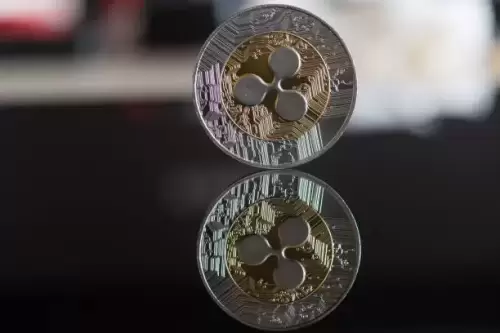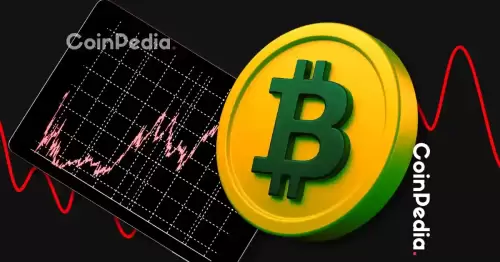Exploring the rise of stablecoins in Europe, the impact of MiCA, and the potential for a digital euro. Is the continent ready for a crypto shakeup?
Europe's crypto landscape is heating up! With stablecoins gaining traction and major exchanges vying for position under the new MiCA regulations, it's time to dive into the euro coin, stablecoin, and European market dynamics.
The USD Stablecoin Dilemma
European authorities are getting serious about the dominance of USD-backed stablecoins. The concern? Over-reliance on these digital dollars could undermine the euro's sovereignty and disrupt the financial system. While stablecoin activity in Europe has risen sharply since 2024, nearly all of it is USD-based. This has the European Central Bank (ECB) worried about its ability to control monetary policy.
MiCA: A Regulatory Game Changer
Enter MiCA, the EU's comprehensive Markets in Crypto-Assets regulation. This framework sets strict rules for stablecoin issuers, covering everything from reserve requirements to transparency. While some startups worry about regulatory hurdles, MiCA aims to foster innovation while maintaining financial stability. Think of it as the EU's attempt to create a level playing field and limit systemic risks.
Private Stablecoins vs. a Digital Euro
The big question remains: should private euro-backed stablecoins lead the charge, or should the ECB launch its own digital euro? A digital euro could protect monetary sovereignty and strengthen the euro's international role. However, some argue that private solutions might be more efficient. The debate continues, with policymakers weighing the risks and opportunities.
Crypto Exchanges Flock to Europe
Major crypto exchanges like OKX, Coinbase, Bybit, and Crypto.com are setting up shop in Europe and securing licenses under MiCA. This means more competition and a more regulated market. Europe is aiming to pull ahead of other jurisdictions like the United States, which is still figuring out its stablecoin framework.
Challenges and Opportunities
Operating in Europe under MiCA isn't easy. Exchanges face strict controls around investor protection, capital requirements, and anti-money laundering compliance. The diversity of European clientele also presents a challenge. Some experts predict a consolidation in the market, with larger, tech-advanced exchanges having an edge.
Europe's Crypto Adoption: Slow and Steady?
Europe has relatively low crypto adoption compared to other parts of the world. But with MiCA bringing more crypto business to the continent, that could change. The focus is on trust and regulation over speed, emphasizing long-term growth. Increased institutional involvement could also boost adoption.
The Future is Here (Almost)
The European market may be set for expansion amid increased institutional involvement, but large new entrants like OKX and Coinbase and a consolidation of smaller players could signal a turf war for Europe. All eyes are on Europe as it navigates the complex world of euro coins, stablecoins, and digital finance. It's gonna be a wild ride!













































































